The majestic land we call home is ever-changing, and a handful of global treasures that have graced the Earth for centuries are facing a looming future. While these changes are occurring at different rates and can be attributed to a multitude of reasons, the clock to visit is ticking away. For those seeking travel inspiration or are looking for an excuse to book a future getaway, the days are numbered for these six destinations.
Glacier National Park – United States
Situated in Montana’s Rocky Mountains, Glacier National Park is a hotspot destination for travelers. With unbeatable views of valleys, mountains and lakes, the park is the perfect getaway for all things nature. While hiking and camping are among the more popular activities to experience this rugged terrain, the famous glaciers dotting the landscape are slowly melting.
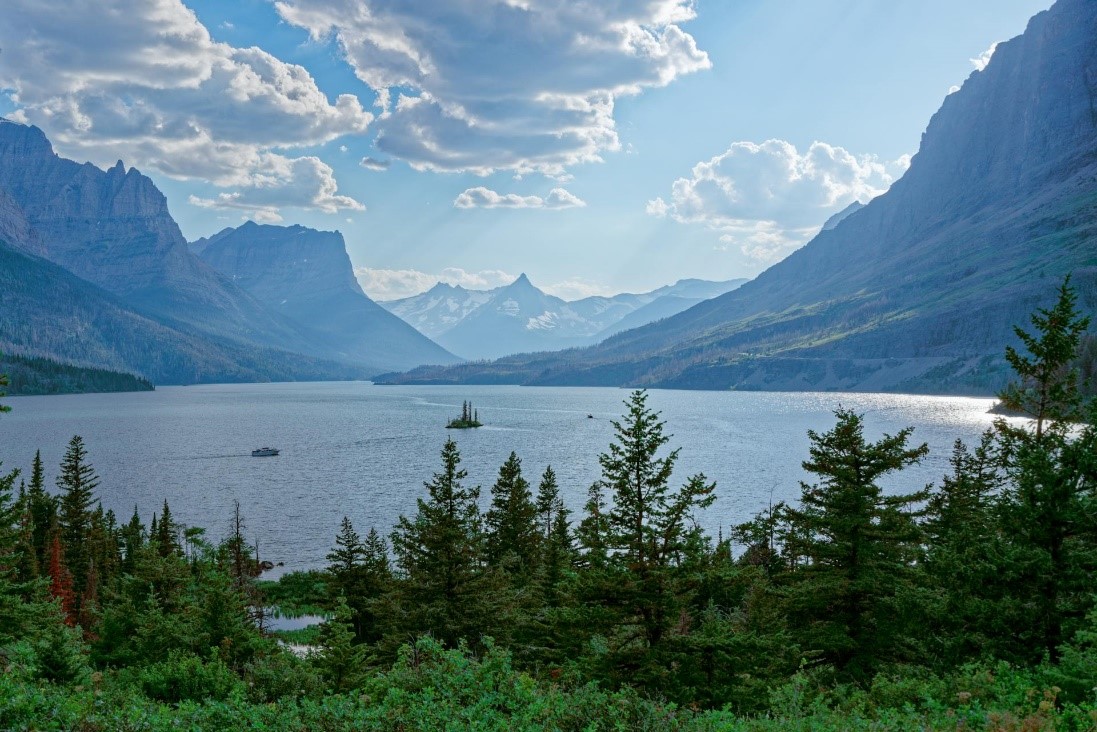
At the peak of the Little Ice Age around 1850, the glaciers were at their most abundant with 80 having been accounted for. Today, the United States Geological Survey puts that number closer to 32. With recent atmospheric warming from both natural and anthropogenic causes, the glaciers have been noticeably shrinking as winter snowfall is unable to replenish the coverage lost to the summer heat.
For visitors who are looking to hike through these picturesque natural landmarks, the timeline in which the glaciers will be completely melted is unpredictable as each one is shrinking at an individual rate.
Great Barrier Reef – Australia
One of the seven natural wonders of the world, the Great Barrier Reef is the largest coral reef system on the planet featuring 400 types of coral and 1,500 species of fish. Aside from its incredible marine life, the reef has over 900 islands which provide the perfect opportunity for visitors to snorkel, scuba dive, whale watch and even swim with dolphins.
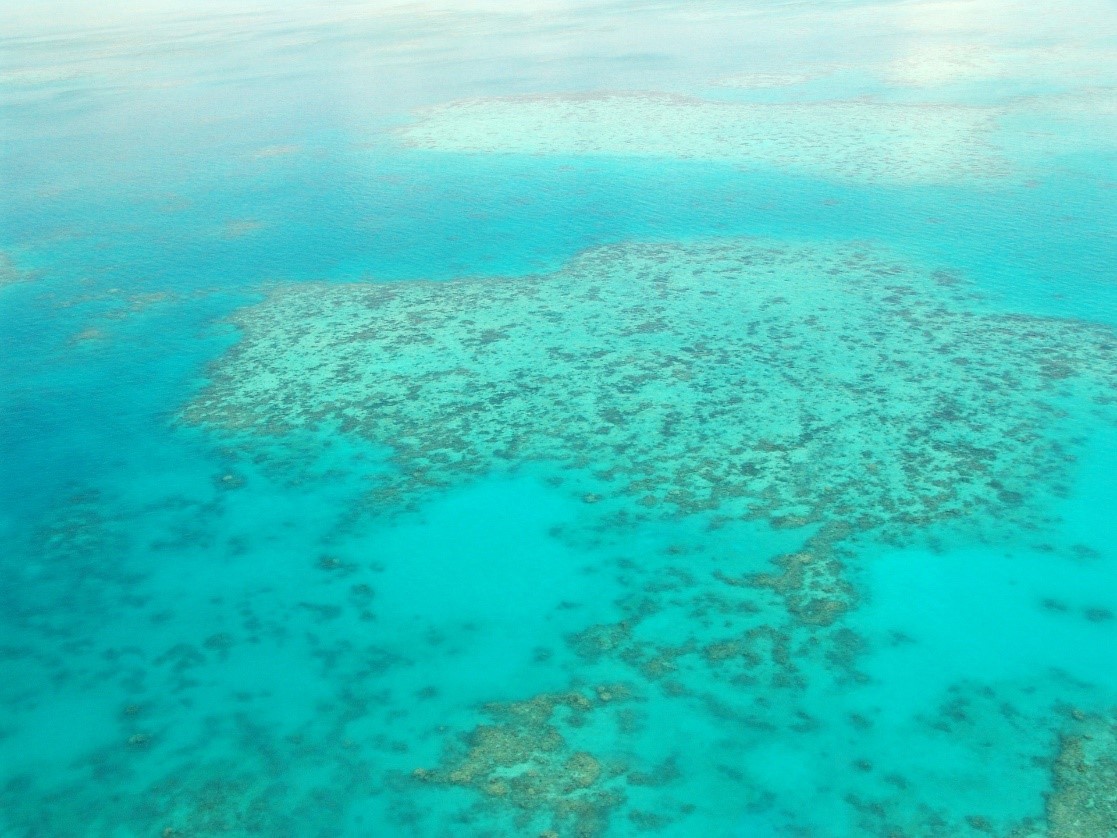
However, this oceanic gem may not be around for much longer. In the last three decades, the reef has lost more than half of its corals to a variety of environmental concerns including coral bleaching and ocean acidification. Predicting the timeline of the reef is difficult, although with the current trends in rising ocean temperatures, a majority of the reefs will disappear by midcentury, with the remaining ones looking drastically different from what is seen today.
Mount Kilimanjaro – Africa
A dormant volcano and Africa’s highest peak, Mount Kilimanjaro in Tanzania is a universal hiking spot for beginners and veterans alike. With breathtaking views of the savannah below, Kilimanjaro is a bucket list destination that offers visitors a glimpse into the region’s unique ecosystem.
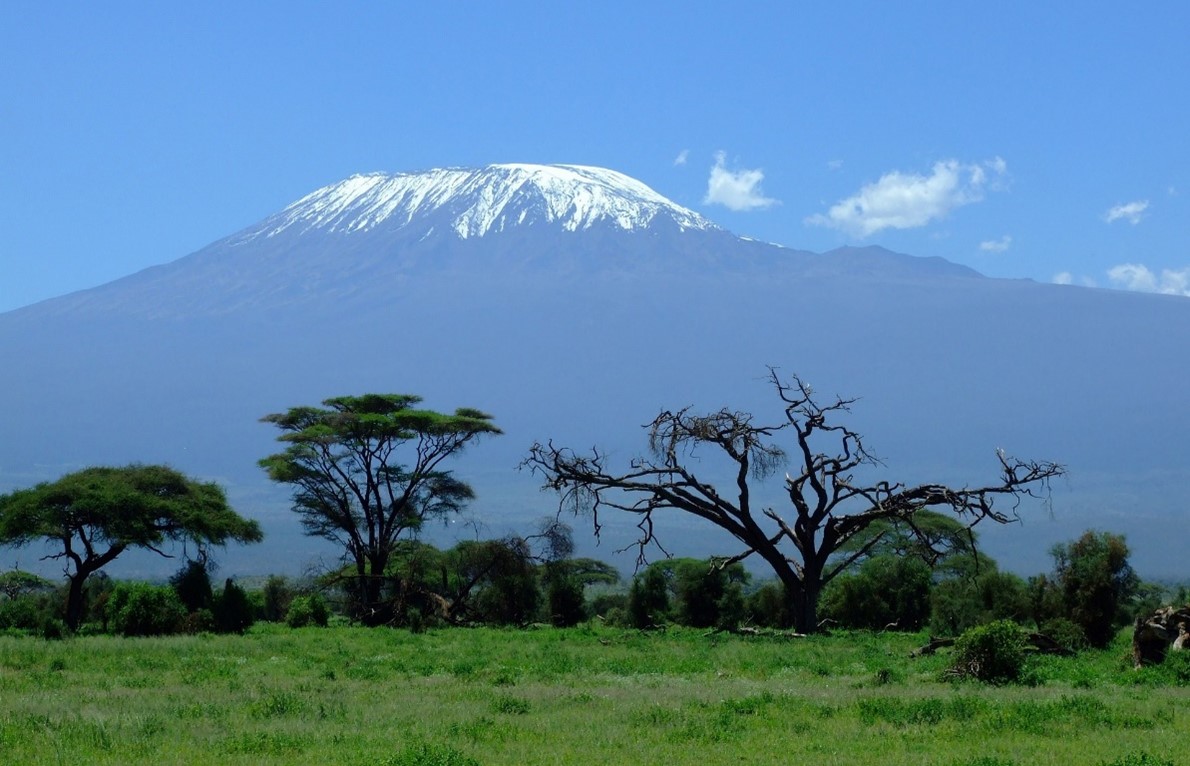
The iconic snow-capped peak that strikingly contrasts the desert below, is threatened by solar radiation and a pattern shift from the Indian Ocean. Poised under the beaming sun, Kilimanjaro experiences a natural melting progression of the snow each year which is cyclically replenished through precipitation. With recent weather shifts and a decrease in precipitation, the ice and snow continue to melt.
Today, 90% of the ice coverage has shrunk, with it predicted to be completely gone by 2040. The Kilimanjaro landmark will remain standing after the ice melts, although missing its most distinctive feature will greatly alter the appearance of what remains.
Maldives – South Asia
Celebrated for its role as a relaxing holiday destination, this South Asian country lures travelers in with its tropical enchantment. From parasailing and snorkeling to fish markets and island-hopping, there is no shortage of activities for visitors to experience this sparkling paradise.
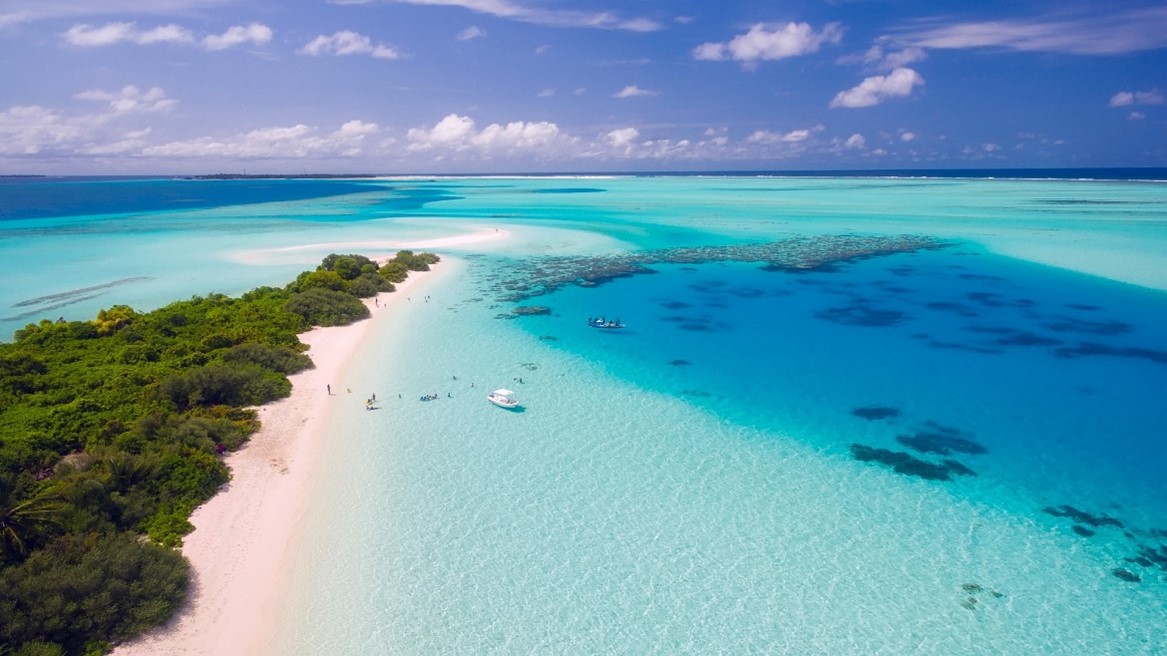
While the Maldives may be gaining attention for its new tourism record of 1.88 million visitors in 2023, it’s also known for having the lowest terrain in the world. Of the 1,109 coral islands that make up the country, 80% are less than one meter, or 3.3 feet, above sea level. With warming ocean temperatures that cause the volume of water to expand and melting glaciers contributing to a rise in sea levels, the Maldives are at risk of being the first country to succumb to the ocean.
Accounting for the fluctuation in sea level, it is predicted that the majority of the islands will be uninhabitable by 2050 and could be completely submerged by 2100, according to a study by NASA.
Congo Basin – Africa
Possibly an overlooked destination by some travelers, the Congo Basin is a breathtaking location. Spanning six different countries, it is home to numerous national parks with plenty of opportunity to explore via safari. As the world’s second largest tropical forest, visitors are able to see native animals in their natural habitat including elephants, gorillas, buffalo and hippos.
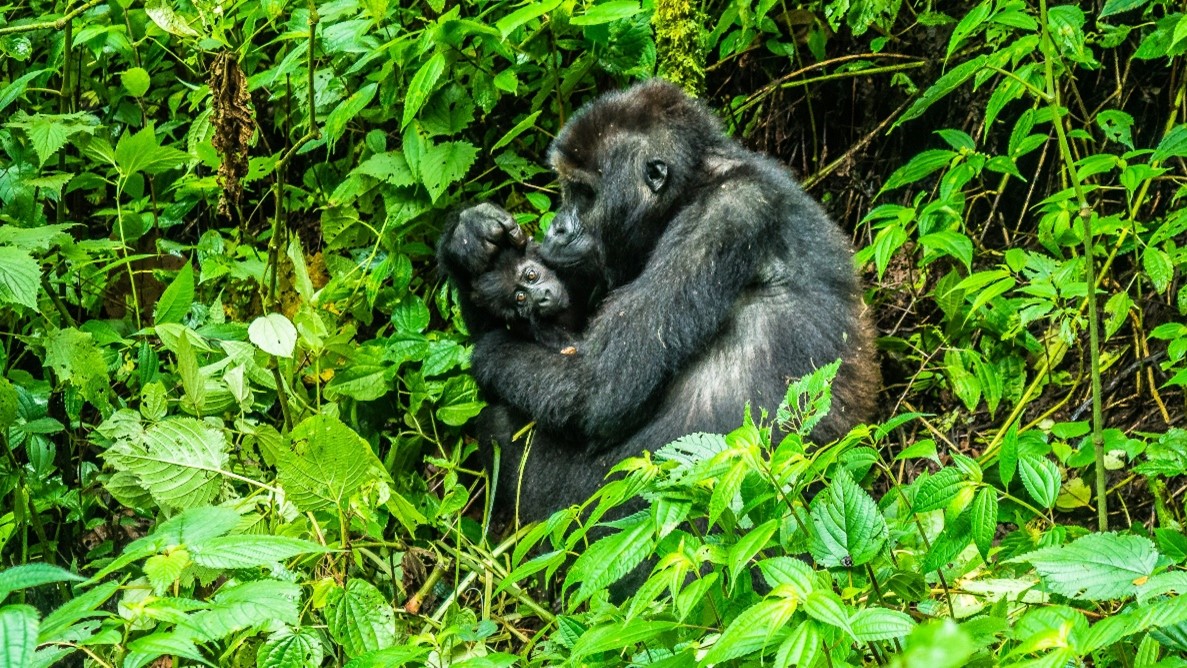
Aside from its beautiful terrain and unique animals, the Basin or “the lungs of Africa,” is the largest forested carbon sink — even bigger than the Amazon. Absorbing 1.5 billion tons of carbon dioxide each year, the Basin is at risk from deforestation, mining and illegal wildlife trade. Currently, it is estimated that 27% of the undisturbed forests in the Basin will be removed by 2050, taking some of its beloved ecosystems and creatures with it.
Great Wall of China – China
A long-standing symbol of Chinese history and culture, the Great Wall of China is the longest manmade structure in the world at over 13,000 miles. Taking roughly 2,000 years to complete in its entirety, the Great Wall is made from bricks, stone blocks, wood and the newly discovered secret ingredient — sticky rice mortar.

One of the seven wonders of the ancient world, natural disasters and human interference have left a third of the Ming-era section of the wall crumbling, according to a Beijing Times survey. The Great Wall is not threatened with complete deterioration as many sections are still well-preserved, but some popular tourist spots and other remote locations of the wall will undoubtedly appear much different in the coming years as earthquakes and storms continue to wear away at the structure.


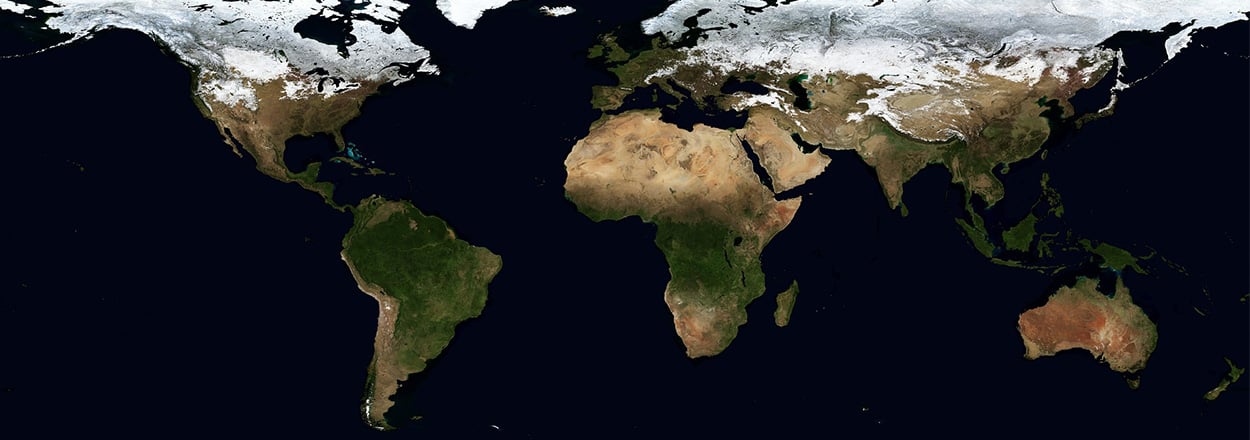

comments